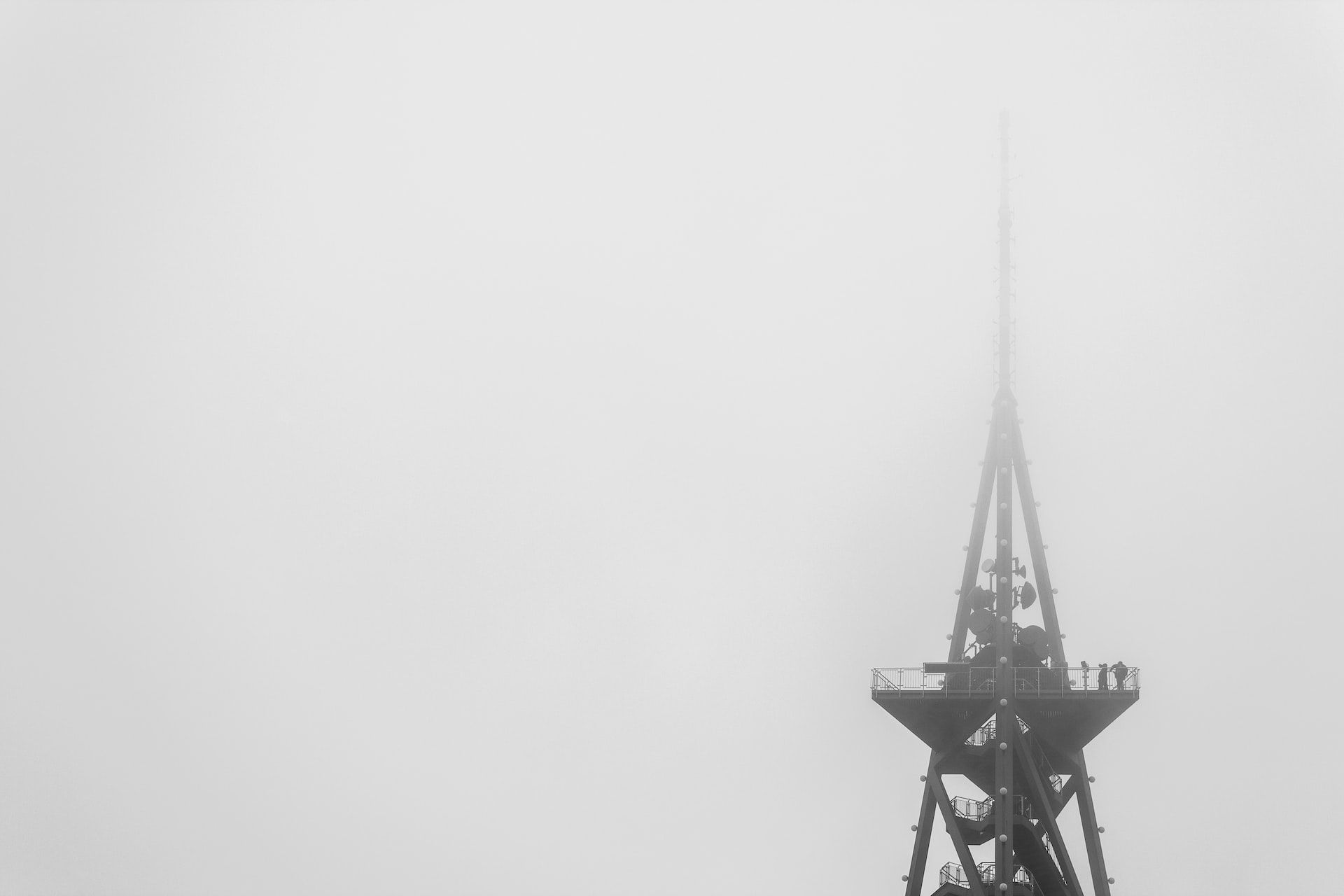How SMPTE-2110 is Revolutionizing the Broadcasting Industry

The Society of Motion Picture and Television Engineers (SMPTE) has developed a new standard that is set to revolutionize the broadcasting industry. The new standard is called SMPTE-2110, and it's a set of rules that explain how to move video, audio, and metadata over the internet. It's better than the old way that used something called serial digital interface (SDI).
SMPTE-2110 is better because it's reliable and flexible. It helps broadcasters switch to using the internet for their work. This means they can do things more easily and make more changes. The new way splits video, audio, and metadata into different parts that can be sent over the internet. This helps broadcasters edit things faster.
One good thing about SMPTE-2110 is that it lets broadcasters separate the work they do in different places. This means they can make things in one place and send it to other places quickly. It's good for live events because the same thing can be sent to many places at the same time.
Another good thing about SMPTE-2110 is that it lets broadcasters use cheaper equipment. This means they can get new stuff more easily. They can also use better stuff that would be hard to use before. It also means they can make their work bigger or smaller, depending on what they need.
SMPTE-2110 also makes it easier for different types of equipment to work together. This means broadcasters don't need to buy special things just to make their equipment work. This also means they can choose the equipment they like best.
But changing to SMPTE-2110 will need lots of money and lots of learning. But many broadcasters are already starting to use it. They know it's better in the long run.
SMPTE-2110 is a new way to move video, audio, and metadata over the internet. It helps broadcasters work better and use better equipment. They can also use more than one place to work. Even though it needs a lot of money and learning, many broadcasters are already using it.
